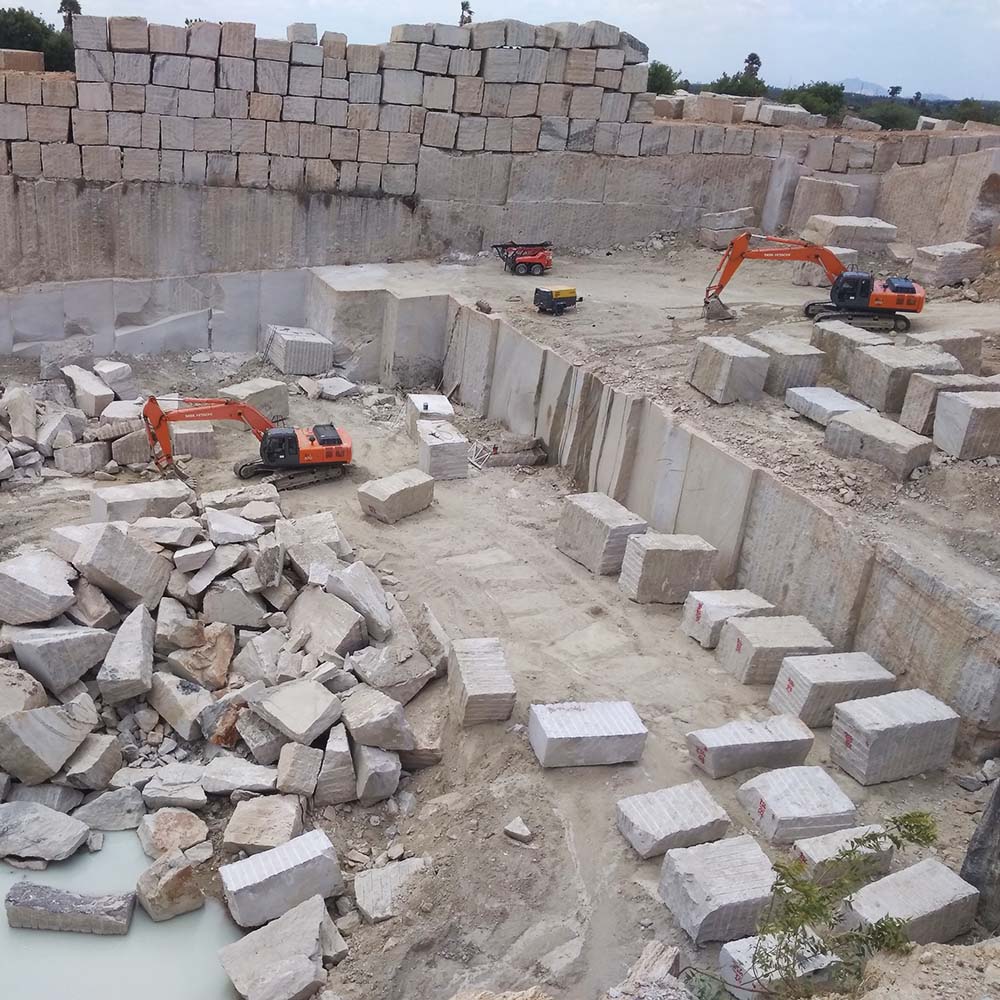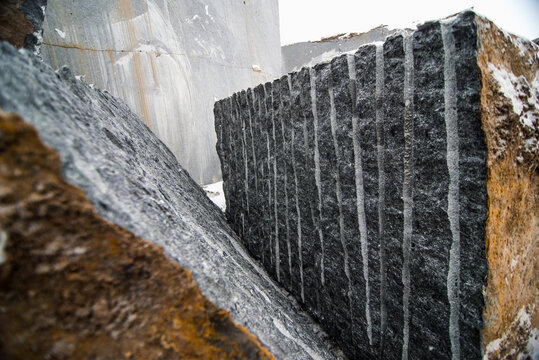Uncovering the Rich History and Lasting Practices of Granite Quarrying
As we stand on the precipice of revealing the elaborate tapestry of granite quarrying, a trip through time exposes not simply the physical act of drawing out rock but likewise the social and historical value woven into the extremely textile of this practice. From the ancient beginnings that laid the foundation for contemporary quarrying strategies to the lasting practices that are shaping the future of this sector, each chisel mark on granite surfaces tells a tale waiting to be uncovered (granite quarries in south africa). The legacy of granite quarrying stretches much past plain removal; it is a testament to human resourcefulness, resilience, and the enduring appeal of this majestic stone
Ancient Origins of Granite Quarrying
Going back to old human beings, the practice of quarrying granite has been an important component of human background and building advancement. The earliest evidence of granite quarrying dates back to ancient Egypt, where enormous pyramids and intricate sculptures were crafted from this sturdy stone. The Egyptians used primitive tools to draw out granite blocks from quarries, showcasing the relevance of this material in their monumental constructions.
Moving forward in history, the Greeks also made considerable contributions to the quarrying of granite. The Greeks used granite in various architectural marvels, such as temples and statues, showing their ability in shaping and sculpting this sturdy rock. The Romans additionally fine-tuned the methods of quarrying granite, utilizing sophisticated tools like chisels and hammers to remove and form granite for their legendary frameworks.
With the centuries, the method of quarrying granite has evolved, with modern innovations boosting effectiveness while preserving the timeless allure of this all-natural stone - granite quarries in south africa. From ancient civilizations to modern building contractors, the heritage of granite quarrying continues to shape our globe
Development of Quarrying Methods
The development of quarrying methods has actually been noted by a continual development towards better efficiency and precision in removing granite. Early quarrying techniques involved hands-on labor with basic tools such as blades, hammers, and wedges to extract granite blocks from the planet.
Improvements in computer-controlled equipment and 3D modeling have actually enhanced quarrying procedures, leading to very little ecological influence and enhanced sustainability methods. As the need for granite proceeds to rise, the evolution of quarrying strategies stays integral to meeting sector requires effectively and sustainably.
Cultural Significance of Granite
Granite holds a profound cultural importance across different human beings as a result of its enduring visibility in architectural masterpieces and respected monoliths. From the impressive pyramids of Egypt to the complex carvings of the Angkor Wat temple in Cambodia, granite has actually been a material of option for revealing magnificence and longevity in social heritage. In ancient Rome, granite columns decorated temples and public buildings, symbolizing stamina and permanence. The cultural significance of granite extends beyond its physical qualities; it symbolizes resilience, stability, and timelessness, making it an icon of enduring traditions and practices.

Lasting Practices in Quarrying
In the middle of the abundant history of granite quarrying and its cultural relevance lies a growing focus on sustainable techniques within the industry. As environmental understanding and problems about source depletion have actually increased internationally, the quarrying industry has actually increasingly welcomed lasting methods to reduce its effect on the setting and bordering communities.

In addition, recovery and rehabilitation of quarry sites post-extraction are essential to lasting techniques. By bring back quarried locations to an all-natural or valuable state, such as creating wild animals environments or entertainment rooms, quarriers can offset the environmental impact of their procedures and contribute favorably to the regional environment.
Legacy of Granite Quarrying
With a historical background steeped in craftsmanship and commercial progress, what enduring influence has granite quarrying left on the landscape of contemporary culture? The tradition of granite quarrying goes beyond plain removal methods; it has actually shaped building wonders, city landscapes, and cultural heritage worldwide. The long lasting nature of granite has made it a recommended selection for monuments, buildings, and facilities, standing as a testament to the skill and virtuosity of quarry employees throughout generations.
Furthermore, the economic impact of granite quarrying can not be neglected. The industry remains to offer employment chances and drive neighborhood economies in regions where granite extraction is common. It has actually also spurred technological innovations in quarrying methods and devices, bring about much more efficient and lasting methods.
In terms of sustainability, the legacy of granite quarrying consists of efforts to minimize ecological impacts through reclamation jobs and liable resource management. By balancing financial passions with environmental stewardship, the market aims to make certain that future generations can remain to gain from this enduring natural deposit.
Verdict

Comments on “Discovering Granite Quarries in South Africa Sector: From Quarry to Work of art”